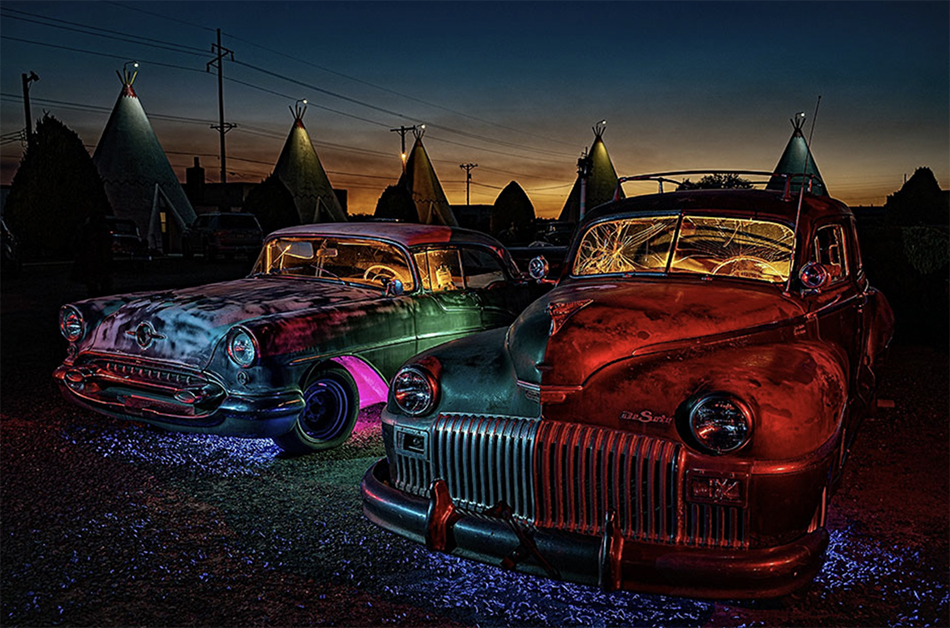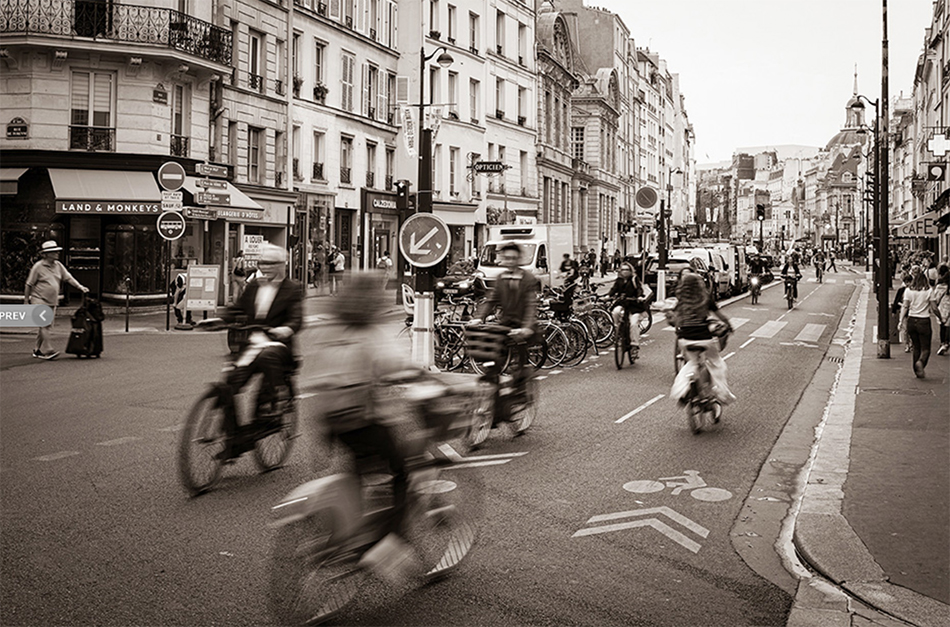
We started with two aspects of creativity, originality and imagination. Today let’s look at two more, experimentation and continuous learning.
Have you ever heard someone say “yeah, I got that shot, what else is there to shoot?” It is almost like photography is a checklist, you get ‘the shot’ and then you are done. It’s nice to feel success in getting an image you want, but the creative journey in image making never ends. You have successes along the way, but you continue to evolve and refine your craft and vision. For me, I never get ‘the shot.’ I’ve shot over 100,000 bald eagle images, had eagle images published on magazine covers, but I still haven’t gotten the shot. I might create some images I’m happy with, but there is always another way to photograph a subject, potentially one that no one has ever done. To achieve this goal you need to experiment.

Earlier in my career I was often hired for creative lightning solutions with assignments. One client, Elinchrom, produces amazing strobes that we use on commercial assignments. They came out with a light that could shoot 20 flashes in one second, faster than most camera frame rates at the time. This got me thinking…I wonder if I could shoot adventure sports with these amazing fast strobes. Time to experiment. One shoot we decided to try was photographing a BMX biker on a jump. I really didn’t know if it would work, so we hauled out a generator to the jump, hired our bikers, and started experimenting. We had to find the perfect light output from the flash to blend with the right amount of twilight, and hopefully get this done before it was too dark for the rider to do the jump. After many tries and lots of experimenting, we finally got a nice sequence (image above). The series was seamed together in Photoshop. Experimentation led to a fresh creative image that met the clients needs to advertise their new flash.

I applied the same idea a few years ago to a hummingbird image. We had six speedlights set up to flash as hummingbirds came into a feeder. But instead of just capturing one frame, I set my camera to multiple exposure and shot numerous frames resulting in one image with different species of hummingbirds in a single frame in camera. Experimentation led to the creation of this image.

Every time we do our Route 66 West workshop I photograph the same cars at the tepee hotel in Holbrook, AZ. Each year I experiment and try something different. Some years I use a few lights, and others years I use 15 speedlights or more. The vintage cars represent an ongoing photography experiment for me. I never know what I will get, and I will never check this shot of my list because each year I experiment and create something new. The image above used 14 speedlights, and took hours of experimenting to get it right.

Another aspect of creativity, and one that runs hand in hand with experimentation, is continuous learning. When you first start out in photography there seems to be so much to learn…camera settings, light characteristics, strobe techniques. But over decades you learn many skills, and the learning curve may not be as steep. But the learning curve always continues! Take mirrorless cameras…everyday it seems there is a new focus mode or camera setting that helps with our image making. Last year in France I decided to shoot my entire trip in BW. I love color, but forcing myself to photograph for 10 days in France in BW was so refreshing for my creative vision. I had to see the world through a different set of goggles, try new things, and get past my old habits behind the camera. I learned a lot about how I see and approach scenes…what I learned shooting in BW now helps me shoot in color. Speaking at workshops on creativity I like to challenge the audience. If you are a landscape shooter, go out one day and shoot every scene at 2.8 using a 70-200mm (landscape shooters often like f16 or focus stacking and wide angle lenses). If you are a portrait shooter photograph your model with a 35mm and at F16…opposite of what most portraits shooters do. We all do things well in photography…if you want to foster creativity, you need to try new approaches and learn new things…get out of your comfort zone.
A few weeks ago I was in Baja teaching a photo workshop. I spent 10 winters in Baja leading sea kayaking trips and shooting assignments, it is one of my favorite places to go. One morning on the beach we were photographing fishing pelicans, something I have done many times in the past. So I decided to experiment, and hopefully learn something new along the way. I started photographing the pelicans at very slow shutter speeds from 1 second to 1/60 of a second. I wanted to create something abstract…the sunrise was incredible, I envisioned a silky painterly image against the warm orange sky. I’m sure I shot more than a 1000 images, but after lots of experimentation I got an image I liked, and learned something new in the process (image at top of post).
Stay tuned, the next creativity post will be up this weekend!